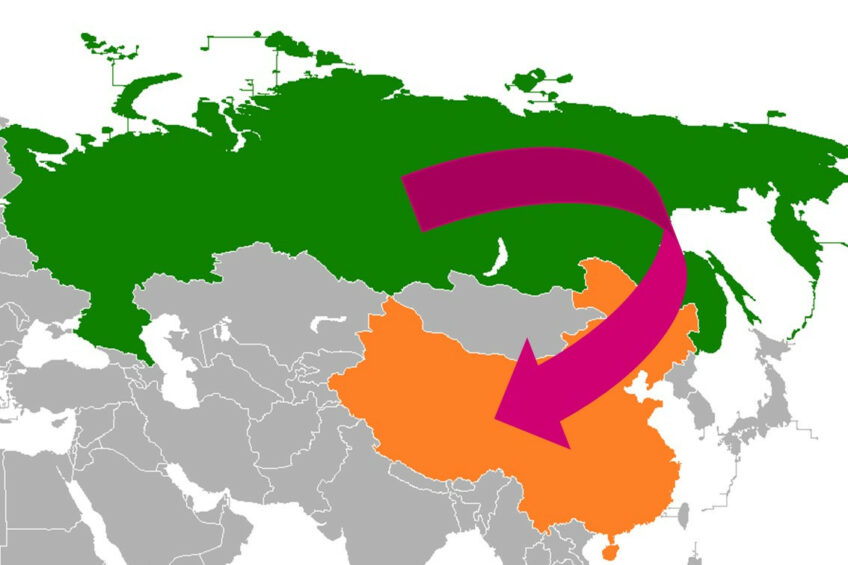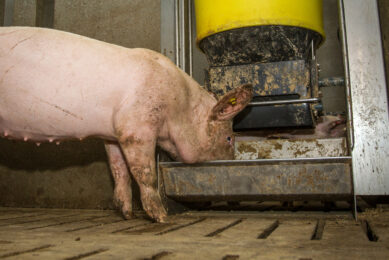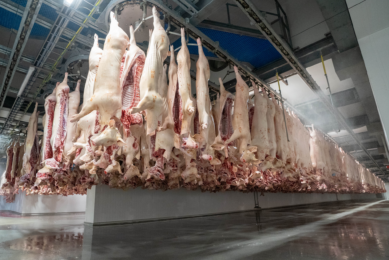Russian pork exports to China facing difficulties

Owing to a fresh round of US sanctions, Russian commodity exporters increasingly complain about difficulties in collecting payments for the goods delivered to Chinese customers. The issue doesn’t bode well with Russia’s plans to boost pork exports to China in the 2nd half of 2024.
The difficulties are a consequence of a threat by US authorities from December 2023. Secondary sanctions against banks and institutions facilitating Russian trade with 3rd countries were said to be following.
Scrutinising payments
As a result, Chinese banks have started scrutinising all payments to and from Russia, leading to payments in Chinese yuan often being frozen for weeks if not rejected. Occasional reports indicated that the payment issue worsened after the US broadened the criteria for imposing sanctions in June.
Some Chinese buyers of Russian agricultural commodities have also been experiencing issues with payments, Bloomberg recently reported, citing a source in the industry who wished to remain anonymous.
Problems are already taking a toll on general Russian trade with China. For instance, Chinese exports to Russia in March 2024 dropped by 20% to US$21.3 billion, with the dynamics remaining negative in April. On the other hand, there are signs that the trade flow bounced back a little in June and July. Local analysts warned it is too early to draw any conclusions.
Hope to export over 60,000 tonnes of pork
Russia had been hoping to export about 60,000 to 70,000 tonnes of pork to China in 2024. That amount was shared by Yuri Kovalev, CEO of the Russian Union of Pork Production, during a press conference in Russia’s capital Moscow.
He said exports to China have only started to take off. In the 1st half of 2024, nearly 10,000 tonnes of Russian pork was shipped to the Chinese market. Deliveries have only been taking place for the last 2-3 months, and only a handful of companies are allowed to sell pork to China, he said.
Mixed dynamics
In total, Russian pork exports stood at 121,500 tonnes in the 1st half of 2024, climbing by only 2% compared with the previous year. That means that excluding trade with China, the supply flow slightly narrowed. Kovalev revealed that exports to Vietnam, the largest buyer of Russian pork outside the post-Soviet region, plummeted by 21%.
Kovalev said that the drop in sales to Vietnam was associated with growth in the Chinese direction, which he called the most promising market. In 2023, Vietnam imported 86,000 tonnes of Russian pork, which was 89% up from 2022.











